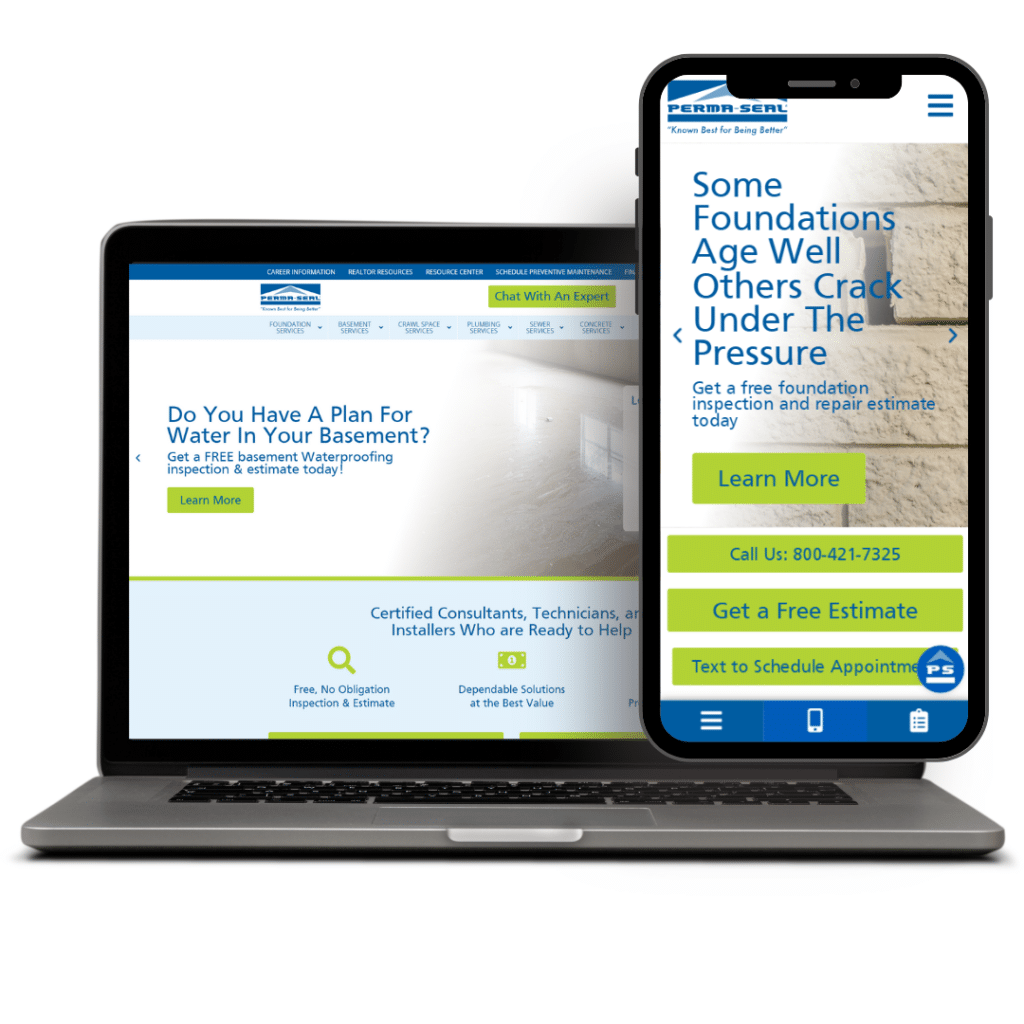Call to Action (CTA) refers to any prompt that encourages users or visitors to take a specific action, whether on a website, social media post, or advertisement. CTAs are critical components of digital marketing strategies because they guide users toward making a conversion, such as making a purchase, filling out a form, or contacting the business.
A CTA can take many forms—text, buttons, images, or links—and is designed to motivate the visitor to act immediately. Effective CTAs are clear, direct, and action-oriented, driving users toward the goal of the webpage or advertisement.
Types of CTAs
There are several types of CTAs, each with different purposes depending on the context. Check out the examples below or read our in-depth CTA example article for more details.
Lead Generation CTA: These CTAs aim to capture user information, such as names and emails, to generate leads for future marketing. Common examples include “Download Our Free Guide” or “Get a Free Estimate.”
Example: “Get Your Free Estimate”
Click-to-Call CTA: Particularly useful for mobile users, click-to-call CTAs allow users to contact a business directly. These are commonly found on home service or local business websites.
Example: “Call Now for Immediate Assistance”
Sales-Focused CTA: Sales-focused CTAs push the visitor to make a purchase or book a service. These CTAs often include words like “Buy Now” or “Add to Cart” to prompt users to make a transaction.
Example: “Book Your Service Today”
Form Submission CTA: When your goal is to gather user data through a form, your CTA should be designed to guide users to complete and submit it. Common phrases include “Submit” or “Get Started.”
Example: “Get a Free Quote”
Social Sharing CTA: Social sharing CTAs encourage visitors to share content on their social media platforms. These are often found on blogs and articles to help increase exposure.
Example: “Share This Post”
Why Are CTAs Important?
CTAs are a key part of any digital marketing or lead generation strategy because they direct visitors toward taking the next step in their journey. Whether it’s converting visitors into leads, closing sales, or simply engaging users, CTAs are necessary to drive measurable results.
Key Takeaways: Best Practices for Effective CTAs
- Be Clear and Direct: Use simple, action-oriented language like “Download Now” or “Learn More.”
- Make it Visible: Place your CTAs in high-traffic areas on the page, such as the top banner or after key sections.
- Create Urgency: Words like “Now” or “Today” can help create a sense of urgency, encouraging users to act immediately.
- Test and Optimize: Always A/B test and optimize different variations of CTAs to see what works best for your audience.
By crafting strong, compelling CTAs, you can significantly improve engagement and conversion rates on your website or marketing platforms.

